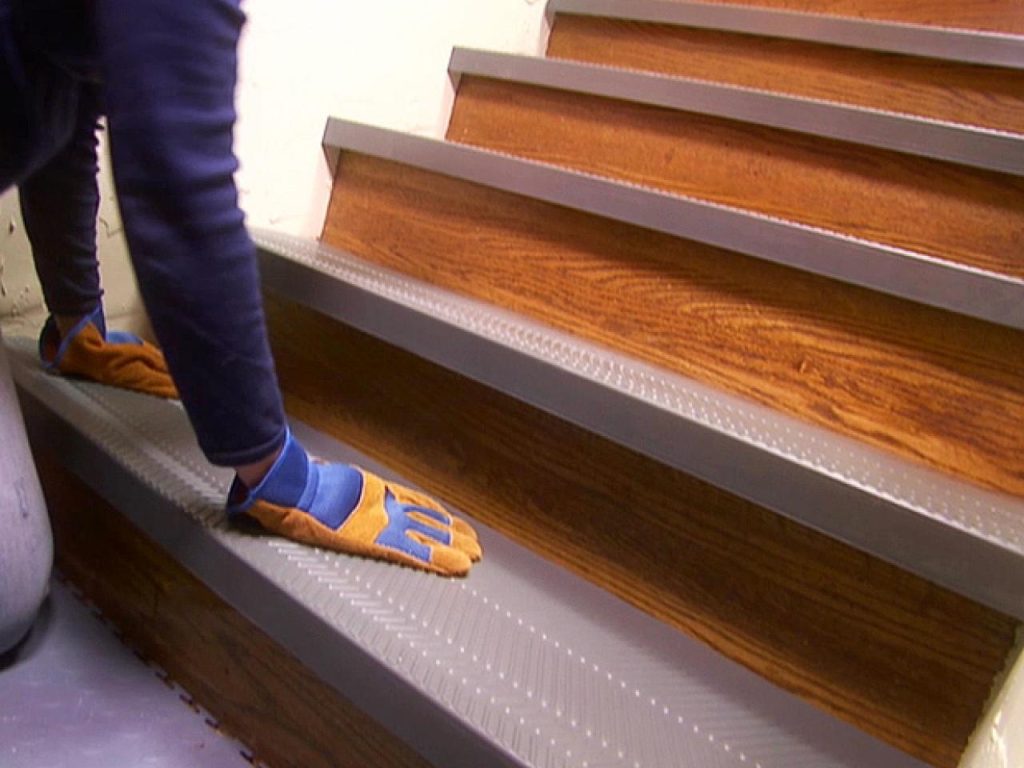Stair nosing plays a crucial role in both the durability and performance of staircases. As a finishing touch applied to the edge of stair treads, stair nosing serves more than just an aesthetic purpose; it significantly enhances the overall functionality and longevity of stairs. Understanding the impact of stair nosing on staircase durability and performance can help you make informed decisions about this essential component.
1. Enhancing Durability
Stair nosing is designed to protect the edges of stair treads from wear and tear. This protection is vital in maintaining the structural integrity of the stairs over time. Here’s how stair nosing contributes to durability:
- Edge Protection: Stair nosing acts as a barrier against damage from foot traffic, impacts, and abrasions. Without it, the edges of stair treads can become chipped or worn, leading to potential safety hazards and costly repairs.
- Material Selection: Different materials used for stair nosing, such as aluminum or stainless steel, offer varying degrees of durability. For example, aluminum stair nosing is known for its resistance to corrosion and impact, making it ideal for high-traffic areas. This stair nosing ensures that your stairs remain in excellent condition despite frequent use.
2. Improving Safety
Safety is a primary concern when it comes to staircase design, and stair nosing plays a significant role in minimizing accidents:
- Slip Resistance: Many stair nosing options are designed with anti-slip features to enhance traction. Rubber and PVC stair nosing, for example, provide excellent grip, reducing the risk of slips and falls, particularly in areas prone to moisture.
- Visibility: Stair nosing often features contrasting colors or reflective surfaces, which improve visibility and help users identify each step more easily. This added visibility is crucial for preventing trips and falls, especially in poorly lit environments.
3. Enhancing Aesthetics
While functionality is paramount, the appearance of stair nosing also affects the overall look of the staircase:
- Design Integration: Stair nosing comes in various materials, finishes, and colors, allowing it to seamlessly integrate with different interior designs. Whether you opt for sleek stainless steel or warm wooden nosing, it can complement the existing décor and add a polished finish to the staircase.
- Consistency: Consistent use of stair nosing across all stairs ensures a uniform look, which contributes to the overall aesthetic appeal of the staircase. This attention to detail reflects a commitment to both style and quality.
4. Longevity and Maintenance
Stair nosing not only extends the life of your stairs but also simplifies maintenance:
- Wear Resistance: High-quality stair nosing materials, such as aluminum or stainless steel, resist wear and maintain their appearance over time. This means that stair nosing doesn’t need frequent replacement, providing long-term value and reducing maintenance efforts.
- Easy Cleaning: Many stair nosing materials are easy to clean and maintain. For instance, stainless steel stair nosing can be wiped down to remove dust and dirt, while rubber stair nosing can be cleaned with a damp cloth. This ease of maintenance ensures that your stairs remain both functional and visually appealing.
Conclusion
The impact of stair nosing on staircase durability and performance cannot be overstated. By providing edge protection, improving safety, enhancing aesthetics, and simplifying maintenance, stair nosing plays a vital role in ensuring that your staircase performs optimally and remains in excellent condition over time. Whether you choose stair nosing made from aluminum, rubber, or another material, its benefits extend beyond mere appearance to impact the overall functionality and safety of your stairs. Investing in high-quality stair nosing is a sm



